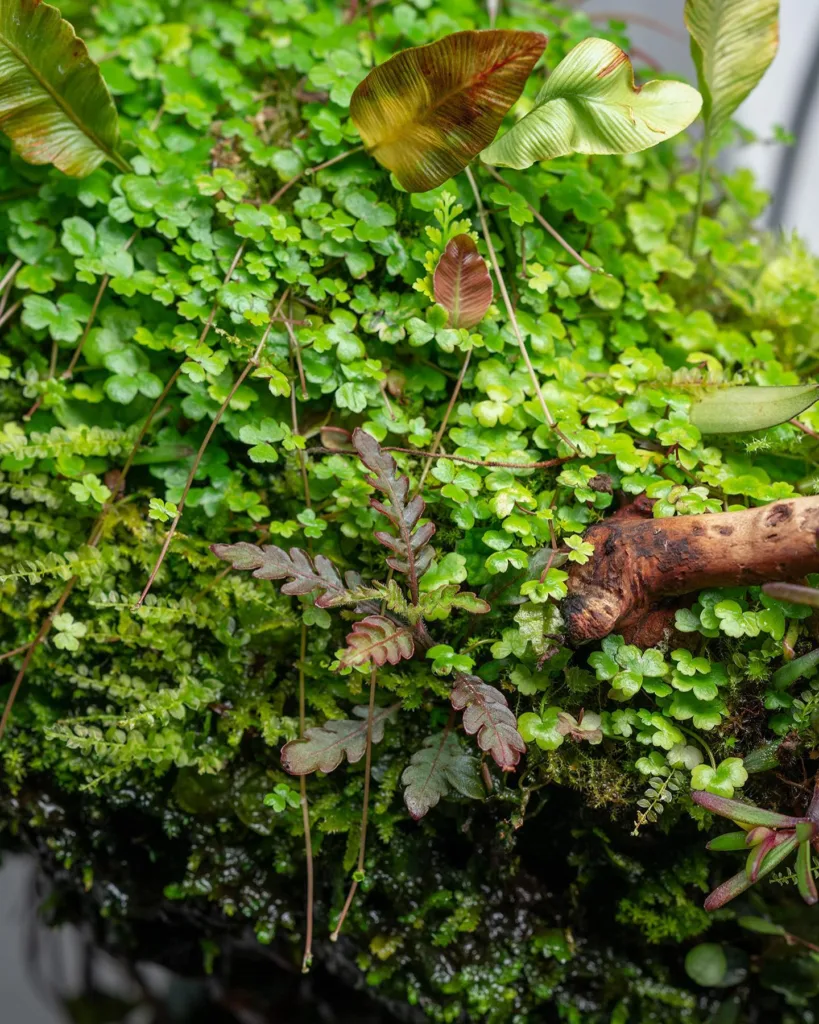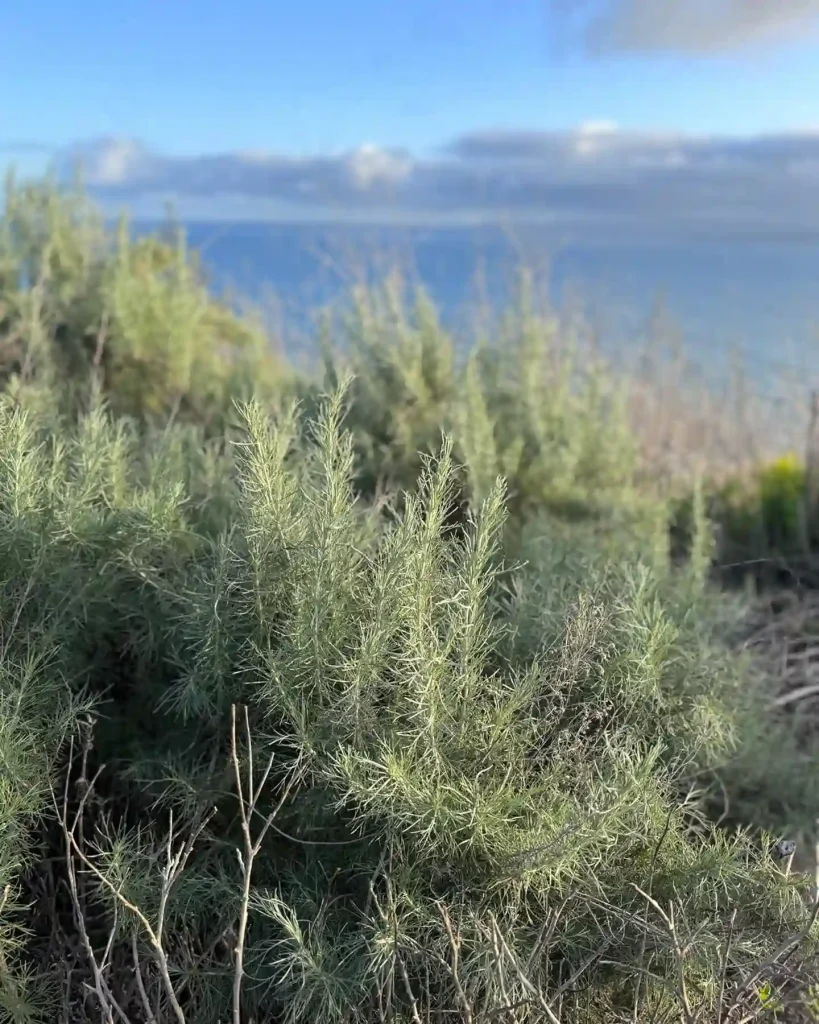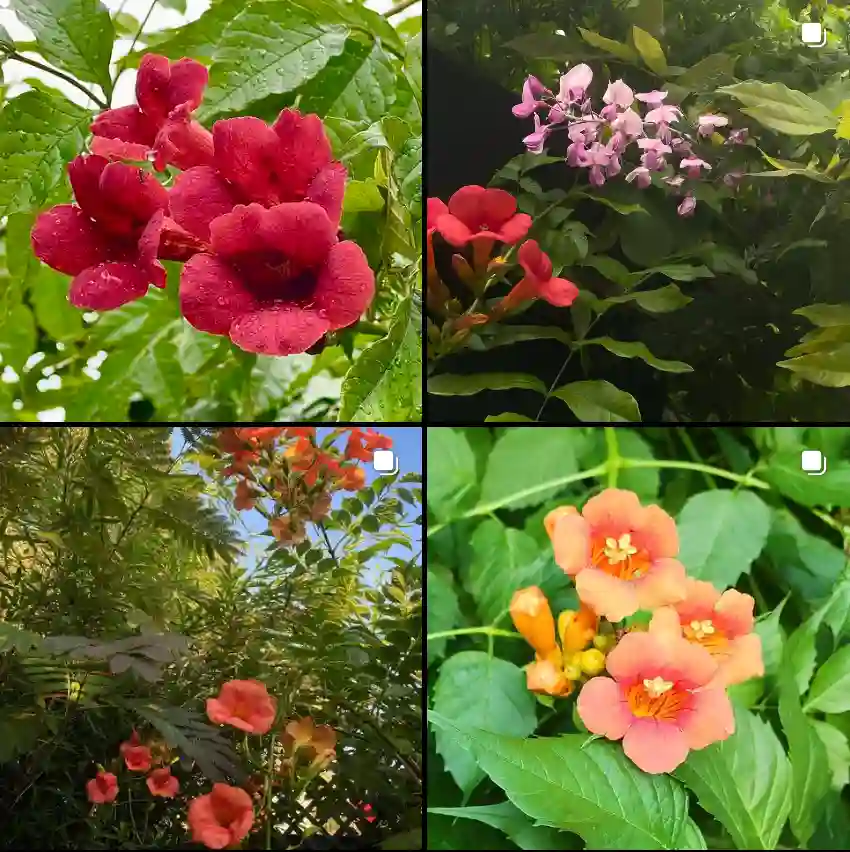Baccharis Salicifolia: A California Native with Hidden Gems
Hi there, Ferb Vu here. I’m a plant enthusiast with a particular fascination for California’s diverse flora. Today, we’re diving deep into a fascinating native shrub – Baccharis salicifolia.
This plant, often called Desert Willow or Mulefat, might seem unassuming at first glance. But beneath its grey-green foliage and inconspicuous flowers lies a treasure trove of ecological and aesthetic value.
Let’s answer some of the most common questions about Baccharis salicifolia:
451 Species in Genus Baccharis
What Does Baccharis Salicifolia Look Like?
Imagine a shrub reaching up to 10 feet tall with slender, branching stems. The leaves, the true stars of the show, resemble willow leaves – hence the nickname “Desert Willow.” They’re typically narrow and elongated, with a smooth, leathery texture and a silvery-green hue.
During fall and winter, the inconspicuous, white flower clusters add a touch of delicate beauty. These eventually transform into fluffy white seed heads that provide a winter feast for birds.
Where Does Baccharis Salicifolia Grow?
This tough and adaptable shrub thrives in a variety of California habitats. You’ll find it along coastal bluffs, dry washes, chaparral slopes, and even valley grasslands. Its resilience allows it to tolerate drought, poor soil conditions, and even fire.
Is Baccharis Salicifolia Invasive?
Here’s where things get interesting. Baccharis salicifolia can be a bit of a paradox. In its native California range, it plays a vital role in the ecosystem. It provides essential food and shelter for various wildlife species, including birds, butterflies, and small mammals. Its deep root system helps prevent soil erosion, especially on slopes.
However, in some non-native regions, Baccharis salicifolia can become invasive. This is because the natural controls that keep it in check within its native range might be absent elsewhere.
What are the Differences Between Baccharis Salicifolia and Coyote Bush?
Both Baccharis salicifolia and Coyote Bush (Baccharis pilularis) are California natives with similar appearances. Here’s a quick breakdown to differentiate them:
- Leaves: Baccharis salicifolia has narrower, more elongated leaves with a smooth texture. Coyote Bush leaves are wider, slightly serrated, and have a rougher feel.
- Flowers: Baccharis salicifolia’s flowers are inconspicuous clusters of white florets. Coyote Bush boasts more prominent, yellow flower heads.
- Habitat: Baccharis salicifolia prefers drier environments like coastal bluffs and chaparral. Coyote Bush thrives in wetter areas like coastal scrub and riparian zones.
Can I Plant Baccharis Salicifolia in My Garden?
Absolutely! If you have a California native garden, Baccharis salicifolia can be a valuable addition. It’s a low-maintenance plant that attracts pollinators and provides year-round visual interest.
However, before planting, be sure to check with your local authorities about any restrictions on native plants. It’s also crucial to ensure you’re purchasing from a reputable nursery that sources seeds from within California to prevent introducing the plant to non-native habitats.
How Do I Care for Baccharis Salicifolia?
Once established, Baccharis salicifolia requires minimal care. Here are some key points to remember:
- Sun: Plant in full sun for optimal growth.
- Soil: Adapts well to most well-draining soils, even poor-quality ones.
- Water: Water deeply during the first year to establish the roots. After that, occasional deep watering during prolonged dry spells should suffice.
- Pruning: Prune lightly to maintain desired shape and size, but avoid excessive trimming, which can hinder flowering.
Conclusion: A California Gem
Baccharis salicifolia is a testament to the resilience and beauty of California’s native flora. While its reputation might be somewhat mixed, its ecological value and adaptability make it a captivating plant for those seeking a low-maintenance, wildlife-friendly addition to their garden.
Remember, responsible gardening practices are essential. Always source your plants from reputable local sources and be mindful of potential invasive behavior in non-native regions.
If i die, water my plants!



